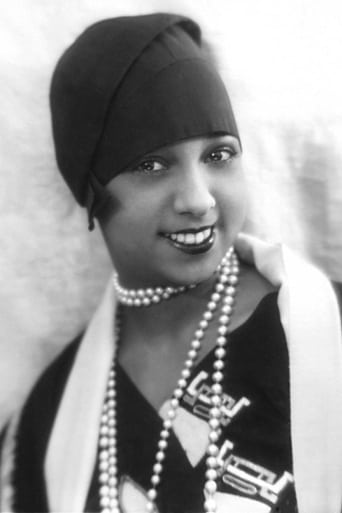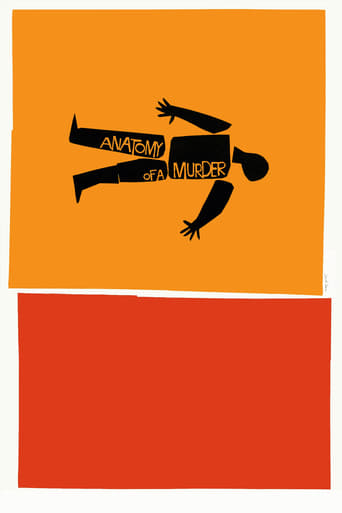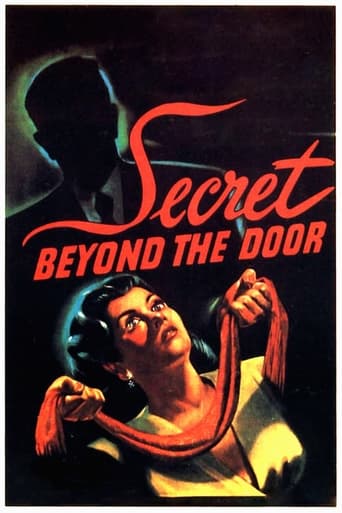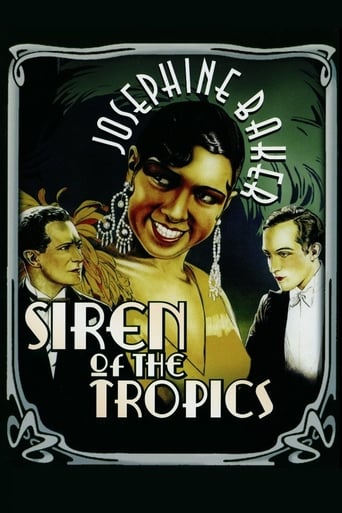

Siren of the Tropics (1927)
Marquis Sévéro, a rich, lazy Parisian, wants to divorce his wife so that he can marry his own goddaughter Denise. But Denise herself loves André Berval, an engineer employed by the marquis. Filled with jealousy, the marquis sends André to the Antilles, to prospect some land he has just acquired. He promises André that he can marry Denise if he is successful in the tropics, but he then writes to Alvarez, his manager at the site, asking him to prevent André from ever returning to France. The brutal Alvarez forms an instant hatred for André when the engineer breaks up Alvarez's attempt to rape Papitou, a beautiful native girl. Papitou becomes devoted to André, and protects him against Alvarez's schemes. But she faces a crisis herself when she learns that André plans to marry Denise.
Watch Trailer
Cast
Similar titles

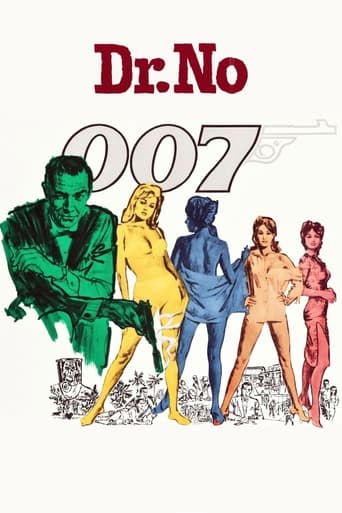


Reviews
Excellent, Without a doubt!!
Crappy film
best movie i've ever seen.
By the time the dramatic fireworks start popping off, each one feels earned.
Though I had read John Baxter's Luis Bunuel biography some years back, I only recalled while leafing through it again the other day that the Spanish Surrealist had served as Assistant Director on this exotic romance intended as a showcase for legendary black performing artist Josephine Baker – hence, its belated viewing in this segment in my ongoing Bunuel retrospective dedicated to his formative years. Anyway, having acquired this and already owning another of the star's vehicles i.e. ZOUZOU (1934), I decided to also add to my collection the third film of hers – and the most famous – PRINCESS TAM TAM (1935) which was released first separately and then re-packaged in a Baker-related Box Set by Kino.Though I was not particularly enthused by the prospect of watching the title under review, being essentially a melodrama with interpolated dance routines, it turned out to be harmless enough – more importantly, it was delightfully typical of its period (including a couple of sequences which feature the shapely star in the nude!). As I said, the film's settings – high-society Paris, the tropics and even the ship-board section – were much in vogue in cinema of this era; hence, for someone who loves Silents as much as I do, they certainly evoked a pleasant air of nostalgia. Even so, these do not really jell together and the picture basically feels like three shorts pasted together!; predictably, the island sequences (with the obligatory hissable villain looking quite a bit like the great Lon Chaney!) prove the most engaging – while those at sea, featuring rampant politically Incorrect comedy relief (with Baker repeatedly chased all over the liner by virtually the entire crew and passenger list simply for being a stowaway!), make up its least appealing component.Bunuel cannot have been much inspired by the film (save, perhaps, for its notion of unabashed lechery on the two heavies' part) but he did retain its leading man, Pierre Batcheff, for his own notorious debut UN CHIEN ANDALOU (1929); at one point, the latter is even made to break the fourth wall by suddenly interacting with the audience –something which Bunuel himself would have the lead character do a quarter of a century later at the very end of his DAUGHTER OF DECEIT (1951)! To get to Baker's presence, which is the reason the film got made in the first place, she manages to exude star quality despite being surprisingly relegated to a secondary Other Woman role (Batcheff's relationship with his true love is plagued by the misplaced affection of her Godfather, the hero's unscrupulous employer – a situation eventually resolved by Baker's own timely, albeit clandestine, intervention); while undeniably an accomplished dancer (highlighted first in a native jig during an island festivity and, later, a full-blown Charleston number on stage at the "Folies Bergere"), I liked her best when displaying great affection towards animals (her large pet dog and a cat she has rescued from a well, which the canine amazingly helps in drying up!).Finally, I could not help noticing the choppiness of certain scenes – the key moment of Batcheff's attempted murder on a bridge suffers the most in this regard – but this appears to be the result of footage lost to the ravages of time (in fact, it was long thought that all of three reels had survived from SIREN OF THE TROPICS!). Having said that, the print I watched was attractively tinted from time to time.
Yikes! When "Siren of the Tropics" began I felt like I was going through an earthquake! That's because the print from Kino had a very noticeable shake--and continued doing so through the film. Now it is possible that you might not notice it as much as me and won't get motion sick watching it, as I watched it on a 58 inch TV that only exacerbated the problem.The story begins in France. A rather despicable rich guy and his wife are arguing--he wants a divorce and she suspects he wants this so he can marry their goddaughter--who they have been caring for over the years! Yuck! However, the young lady has no idea he's thinking of her this way. Instead, she's in love with nice-guy, André. When the nasty rich guy finds out about this, he pretends to give his approval and sends the future groom to a supposedly wonderful temporary assignment--to oversee his mines in Africa. However, the rich jerk sends word to his evil overseer, Alvarez, to kill André! And, soon enough, Alvarez tries--though I must admit the attempt is really lame! Much of the reason André survives is because his body is discovered by a strange local girl, Papitou (Josephine Baker). Soon, reinforcements arrive--Alvarez is captured and André's fiancée and her godmother arrive. The three of them go back to France and soon after, Papitou manages to take a ship bound for France as well.Papitou is very fortunate, as she first comes upon a job as a governess (scenes of her with the children were very reminiscent of her real life, as Baker had over the years adopted a rainbow of children). Soon, she is discovered by some theater owners who want to feature her and her dancing in their upcoming show (again, not far from real life, as Baker was a huge hit in France due to her exotic dancing).When the evil rich guy learns that she is ALSO in love with André, he sets up André and claims the innocent man is having an affair with the dancer. Ultimately, André demands a duel with the rich jerk because he learned he was behind the attempt on his life AND the supposed affair). Not wanting to see her beloved André die, Papitou arrives at the site of the duel and intervenes--killing the pig. In the end, however, she is a good woman and understands that André does not love her--and she gives his fiancée her blessing.This is a very watchable film and is quite interesting as it gives you a chance to not only see Miss Baker in her first film but to also see her dance. Additionally, while you may or may not want to see it, you also see a lot of the lovely Miss Baker naked--and the film makers seemed to contrive many situations where you can see her topless--and a bit more. The nudity, though exploitational, also seemed rather innocent as well.The most serious problem with the film was Miss Baker's acting. While generally very good, there is one scene where she over-emotes horribly--and I assume the director was really at fault for this. For example, in the scene where the fiancée arrived in Africa, watch Baker's reaction. It is SUPPOSED to be surprise, sadness and perhaps anger. Instead, she just appears to have a bad case of schizophrenia or drug addiction! Too bad, as she was quite good in much of the film--and her craft did improve in subsequent films.
Some spoilersThis is now available more or less in full on a Kino DVD. Baker's first film (though it's silent, making do with occasional intertitles); it doesn't quite know what to do with her. She becomes sort of second banana in her own film, much as the Marx Brothers occasionally were - doing their stuff, but secondary to the conventional love stories. She performs her vigorous, loose-limbed dancing in several scenes, in close up and long-shot, and even in silence she has undeniable star quality. She's seen as a child of nature, passionate, honest, comic (there's a long slapstick chase on a steamer when she's alternately black, from hiding in a coal bin, and white, from hiding in flour) and finally self-denying as she leaves the hero she adores to marry his fiancée, kills his scheming rival (where did she learn to handle a gun like that?) dances once more while smiling through her tears, then leaves for the USA. Still, the movie respects her talents; she appears near-naked a couple of times but it's not leering or exploitative; her colour is never an issue; and she gets to do her dances. She's still great.
I only saw the first and last two reels, supposedly all of the file that has survived. Josephine Baker's role is similar to her roles in Zouzou (1934) and Princess Tam-Tam (1935), the innocent from the tropics who is brought to civilization and finds it somewhat wanting. However, she does get to keep a man in the end.Most interesting for Josephine Baker. It includes a short segment of one of her stage dances. Seeing her move in close-up is also a pleasure. The film is an oddity in that it was shot as a pantomime (there are no titles).
